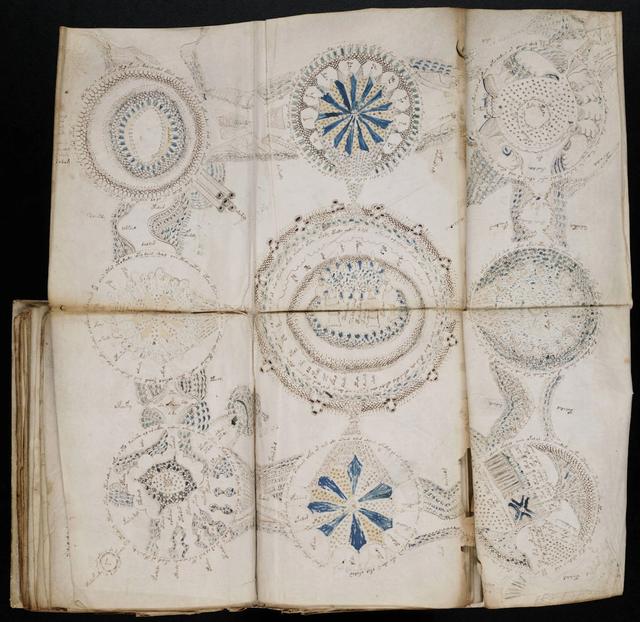I’m working on a lesson plan to possibly teach at Thomas Dunn Learning Center. I plan to make another, more polished sample. You might enjoy seeing the steps I took to make my prototype.
I took a piece of paper and drew lines in pencil to roughly divide it into 7 vertical sections – one for each letter in ROYGBIV, the way were taught to memorize the colors of the rainbow when I was young – Red, Orange, Yellow, Green, Blue, Indigo and Violet.
I made each divider line a double line, then hand drew some overlapping bird silhouettes in pencil. I treated the birds as negative space and the sections above and below as the positive space. I outlined and then filled in with black pen doodles the top and bottom sections above and below each bird. I erased the pencil lines.

ROYGBIV starts with Red, but I wanted Red to be toward the middle and not the end since the warm colors draw the eye more. I started outlining the negative space on the inside edge with red colored pencil starting with the fourth line from the left. I outlined each divider line in the successive rainbow colors in both directions and for about half the bird shape on outline on either side. I gave the outlining a soft graded treatment so that the white birds would have a “glow” to them and come forward visually when the background was filled in and darkened.

I colored in a mosaic of color patches in colored pencil roughly following the rainbow progression. For example where it’s supposed to be violet, I colored with violet and analagous colors such as purple and pink. The only thing I left white was the middle of the bird shapes.
Colored pencil leaves kind of a waxy surface that doesn’t take pen or marker ink well sometimes, so I sprayed the piece with Workable Fixatif to treat the surface to accept marker and pen.

I wanted a darker background so the birds would stand out. Some of the doodles I drew lended themselves to filling in the negative space in solid black. Other patterns I had to get a little creative with to find a way to make them darker. I looked for ways to add solid black areas to those patterns.

Here it is all filled in. I’m going to make a neater sample on sturdier paper as a sample then schedule the class. This was a test to see if the concept would work, and I think it will! Do you have an suggestions? Please comment if so!
















